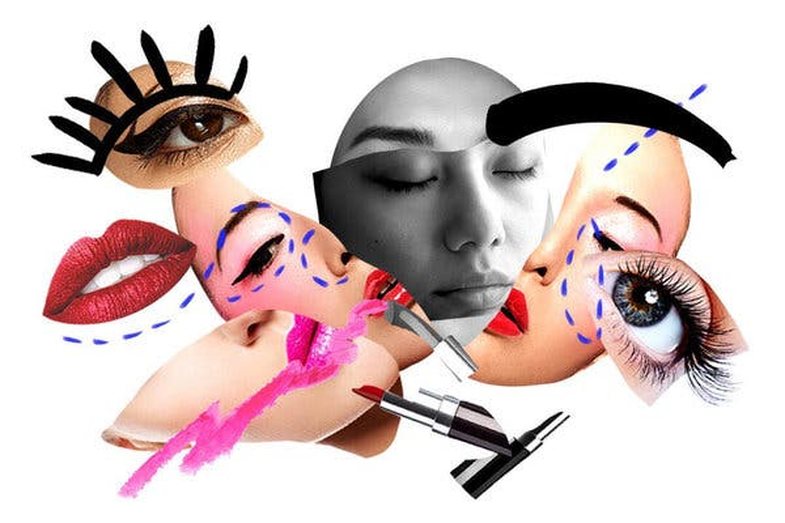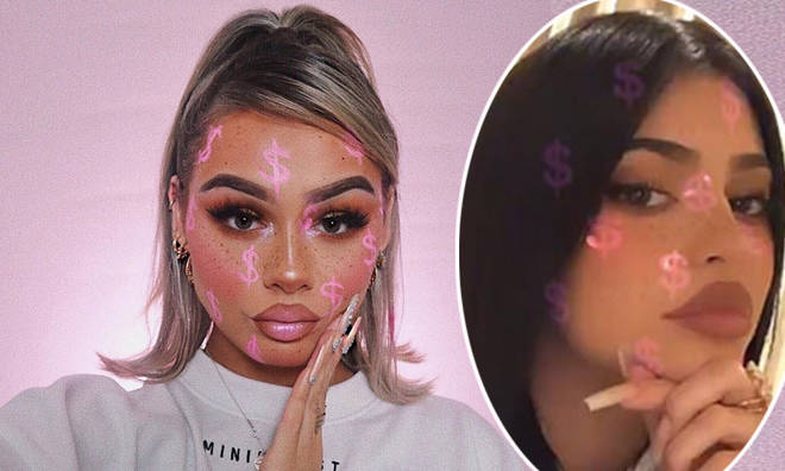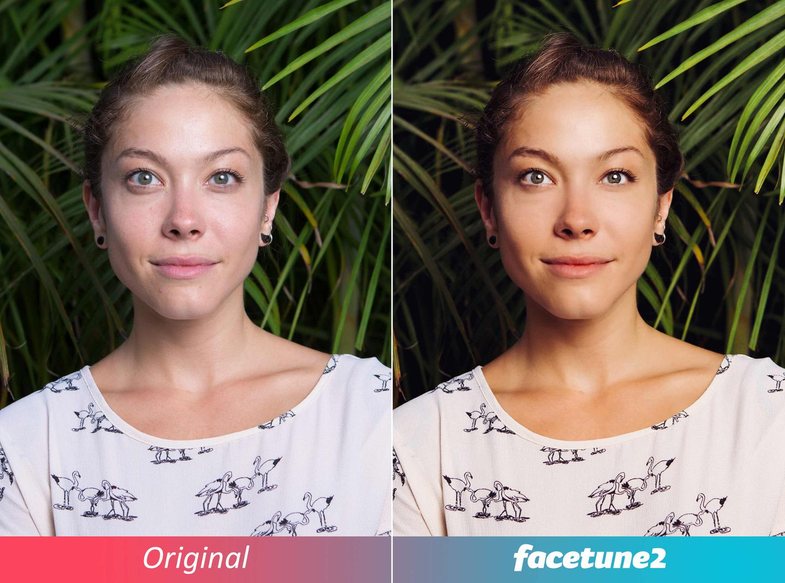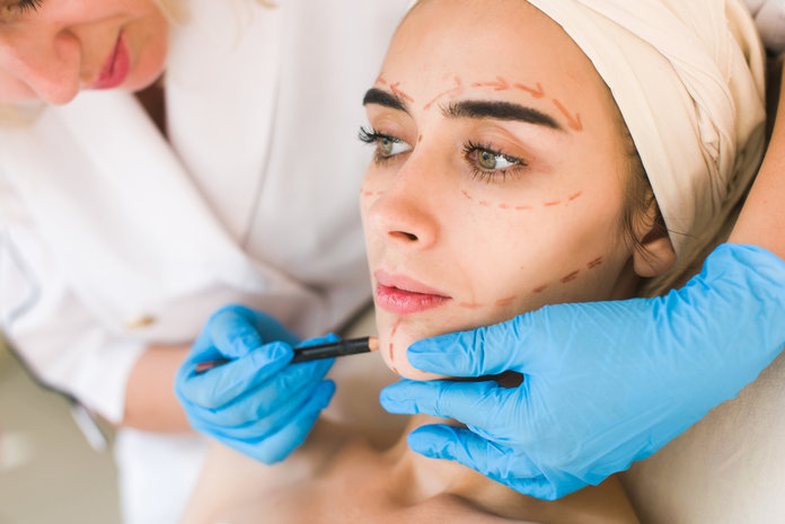
For nearly a decade, on social networks, topped by Instagram, a characteristic facial was observed: flawless skin, no pore and acne, swollen cheeks, drawn eyes, long eyelashes, small nose and lip full. this face will in time be known as the cyborgian face, a term derived from the fusion of the word "cybernetic" and "organ" - a human-machine system, where the human body is controlled and modified through external devices.

Instagram, which was created in October 2010, has its own language in terms of aesthetics: Except for the set of perfect photos, the human body does not. Fashion editors, photographers, bloggers and ordinary people, in a decade managed to create an unrealistic standard of beauty. Filters and apps like FaceTune, the latter released in 2013, gave even more impetus to such a phenomenon.
Well-known characters and not only edited photos on FaceTune, so many pages were opened to show the changes before and after using the app.

In addition to filters and applications, we should also note that plastic operations were of great importance. Years ago, a plastic surgery was considered a major, dramatic, expensive, permanent and often dangerous intervention. But in 2002, the US Food and Drug Administration approved hyaluronic acid fillers. Over time, they were used to change the appearance of the lips, nose, and jaw. With the developments of technology, such procedures have been greatly facilitated, so much so that you can do botox and then go to the office immediately.

The standards of beauty, which in some cases have been associated with pain, date back centuries to ancient China and nineteenth-century Europe. But today, modern communication systems, such as television and social media, add another dimension to such interference.
But it must be said that all this development had a dark side - that of changing the body image and lack of confidence. In October, Instagram announced it would remove the effects associated with plastic surgeries. In a world where women are, unfortunately, rewarded for youth and beauty, it was no wonder why so many effects, filters, and plastic interference were embraced.
On the eve of 2020, it's hard to predict the trend and standard of beauty for the next decade. We just know that sometimes (read: many times) we avoid looking at our face closely.
* Adapted from Jia Tolentino's essay , writer and editor at The New Yorker





